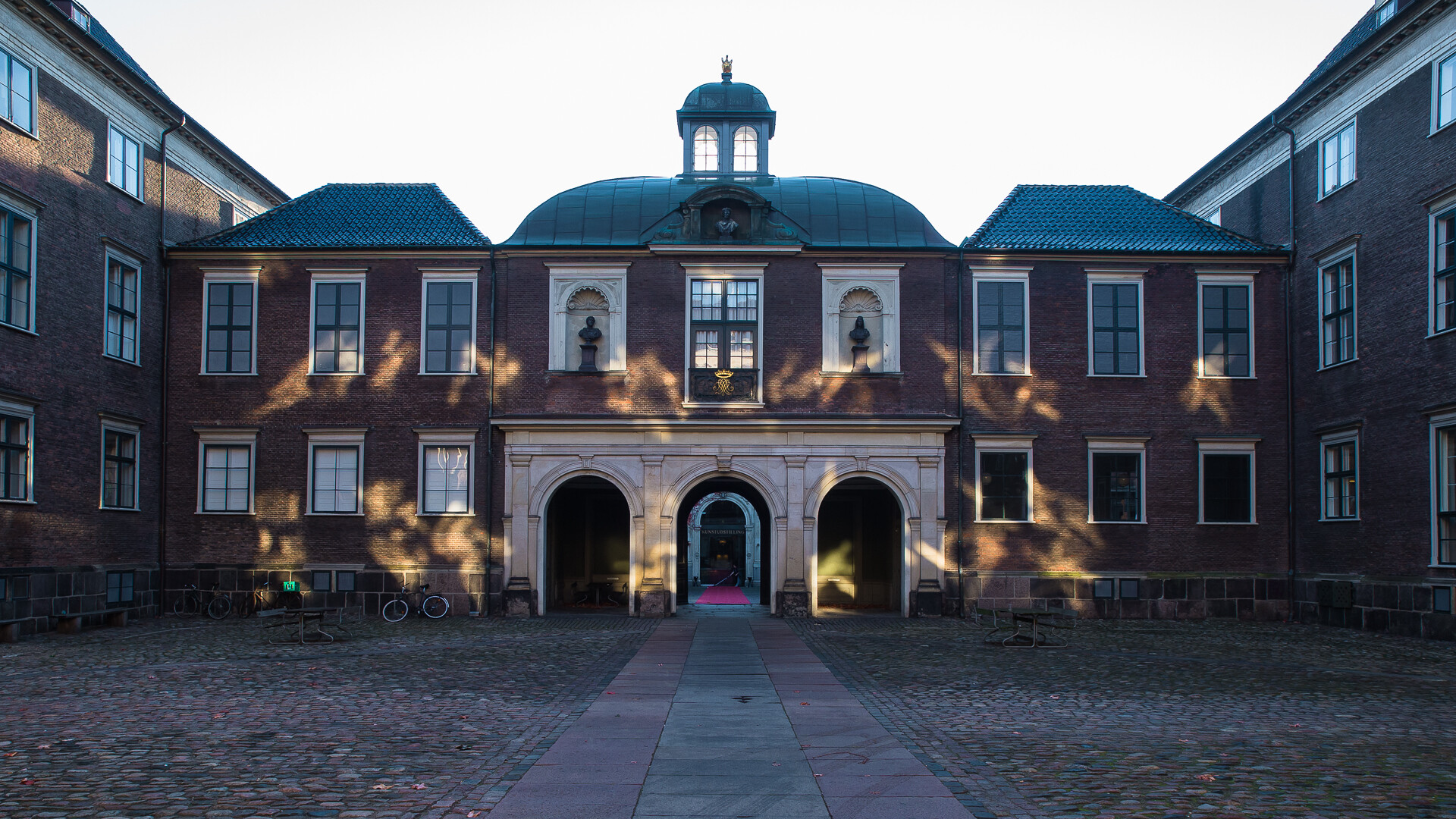Fine Arts Professorship: A Focus On Spatial Design And Theory

Table of Contents
Qualifications for a Fine Arts Professorship in Spatial Design
Securing a Fine Arts Professorship focused on spatial design requires a strong foundation of academic achievement, practical experience, and a proven commitment to research. The specific requirements may vary depending on the institution, but several key qualifications consistently stand out.
Advanced Degree Requirements
A terminal degree, typically a PhD or MFA, is usually a prerequisite. This advanced degree should be in a relevant field such as Architecture, Design, or Fine Arts, with a clear specialization in spatial design, environmental design, or a closely related area.
- Strong Theoretical Grounding: Your studies should demonstrate a deep understanding of spatial design principles, including theories of perception, semiotics, and the cultural and historical contexts of design.
- Research Methodology Expertise: Proficiency in qualitative and quantitative research methodologies relevant to the field of spatial design is essential for conducting original research and contributing to the academic discourse.
- Exceptional Portfolio: A compelling portfolio showcasing significant original work in spatial design is crucial. This portfolio should highlight your creative abilities, design thinking, and technical skills.
Teaching Experience
While not always mandatory for entry-level positions, prior teaching experience at the college or university level significantly enhances your candidacy. This experience demonstrates your ability to effectively communicate complex concepts and mentor students.
- Curriculum Development: Proven ability to design and deliver engaging and effective curricula in spatial design, encompassing various teaching methods.
- Mentorship and Advising: Experience mentoring and advising students on their academic and professional development within the field.
- Technological Proficiency: Familiarity with various teaching technologies and software relevant to spatial design, such as CAD software, 3D modeling programs, and digital visualization tools.
Research and Publication Record
A strong record of research and publications is critical for demonstrating academic credibility and securing a Fine Arts Professorship. This involves contributing original research to the field and actively engaging with the broader academic community.
- Peer-Reviewed Publications: Publications in reputable peer-reviewed journals are essential for showcasing your research contributions to spatial design theory.
- Conference Presentations: Presenting your research findings at national and international conferences helps disseminate your work and establishes your presence within the academic community.
- Research Grants: Securing research grants or funding demonstrates your ability to manage research projects and secure external support.
Curriculum Development and Teaching in Spatial Design
Developing and teaching engaging courses in spatial design requires a blend of pedagogical expertise, creative vision, and a strong understanding of design theory. The curriculum must effectively communicate complex concepts while fostering critical thinking and creative problem-solving skills in students.
Designing Engaging Courses
Creating dynamic and effective courses requires careful planning and a diverse approach to teaching methodologies.
- Studio-Based Learning: Incorporating hands-on projects and studio-based learning provides students with practical experience in spatial design principles.
- Diverse Teaching Methods: Employing a range of teaching methods, including lectures, discussions, critiques, workshops, and collaborative projects.
- Technological Integration: Integrating relevant software and technologies into the curriculum to prepare students for professional practice.
Assessment and Evaluation Methods
Fair and effective assessment methods are essential for evaluating student learning and progress. A multifaceted approach ensures a comprehensive understanding of each student's capabilities.
- Varied Assessment Tools: Utilizing a combination of projects, presentations, exams, essays, and design critiques to evaluate student understanding.
- Constructive Feedback: Providing regular, constructive feedback to students to guide their learning and improvement.
- Transparent Evaluation: Maintaining clear and transparent assessment criteria to ensure fairness and equity in evaluating student work.
Research and Professional Development in Spatial Design Theory
Sustained success as a Fine Arts Professor requires a continued commitment to research and professional development within the field of spatial design theory. This involves securing funding, disseminating findings, and actively engaging with the wider academic community.
Securing Research Funding
Research in spatial design often requires external funding to support projects and initiatives. Successfully obtaining grants requires a compelling research proposal and effective grant writing skills.
- Compelling Research Proposals: Developing well-structured and persuasive research proposals that clearly articulate the research questions, methodology, and potential impact.
- Collaborative Research: Collaborating with other researchers and institutions to enhance research capacity and broaden perspectives.
- Resource Management: Effectively managing research projects, budgets, and resources to ensure efficient and timely completion.
Disseminating Research Findings
Sharing research findings through publications and presentations is crucial for contributing to the field and advancing knowledge in spatial design theory.
- Peer-Reviewed Publications: Publishing research articles in reputable, peer-reviewed journals to reach a wider academic audience.
- Conference Presentations: Presenting research findings at national and international conferences to engage with the broader research community.
- Scholarly Exchange: Actively engaging in scholarly exchange and dialogue with other researchers through collaborations, workshops, and seminars.
Conclusion
A Fine Arts Professorship focusing on Spatial Design and Theory demands a unique combination of artistic talent, theoretical knowledge, and pedagogical skill. Aspiring professors must possess advanced degrees, significant experience, and a demonstrable commitment to research and teaching excellence. By mastering the art of curriculum development, fostering student success, and actively contributing to the field through research and publication, individuals can thrive in this rewarding career path. If you are passionate about spatial design and its theoretical underpinnings and eager to share your knowledge with future generations, explore the opportunities available in pursuing a Fine Arts Professorship specializing in this dynamic field. Begin your journey towards a fulfilling career as a Fine Arts Professor specializing in Spatial Design and Theory today.

Featured Posts
-
 Ovechkins Historic Night 894 Goals Tying Gretzkys Record
May 13, 2025
Ovechkins Historic Night 894 Goals Tying Gretzkys Record
May 13, 2025 -
 Trump Faces Sharp Criticism From Chris Packham On Bbc Over Climate Policy
May 13, 2025
Trump Faces Sharp Criticism From Chris Packham On Bbc Over Climate Policy
May 13, 2025 -
 Sabalenka And Gauff Avoid Upsets Cruise To Next Round In Rome
May 13, 2025
Sabalenka And Gauff Avoid Upsets Cruise To Next Round In Rome
May 13, 2025 -
 Landman Season 2 Bts Photos Show Ali Larters Return
May 13, 2025
Landman Season 2 Bts Photos Show Ali Larters Return
May 13, 2025 -
 Double Standards Examining Britain And Australias Approach To The Myanmar Crisis
May 13, 2025
Double Standards Examining Britain And Australias Approach To The Myanmar Crisis
May 13, 2025
